Ever wondered if those “healthy” food labels are telling you the whole truth? The good news is you’re not alone in your skepticism. The better news is that you can learn to spot misleading labels. Let’s dive into the common tricks food companies use to make their products seem healthier than they are.
1. All Natural
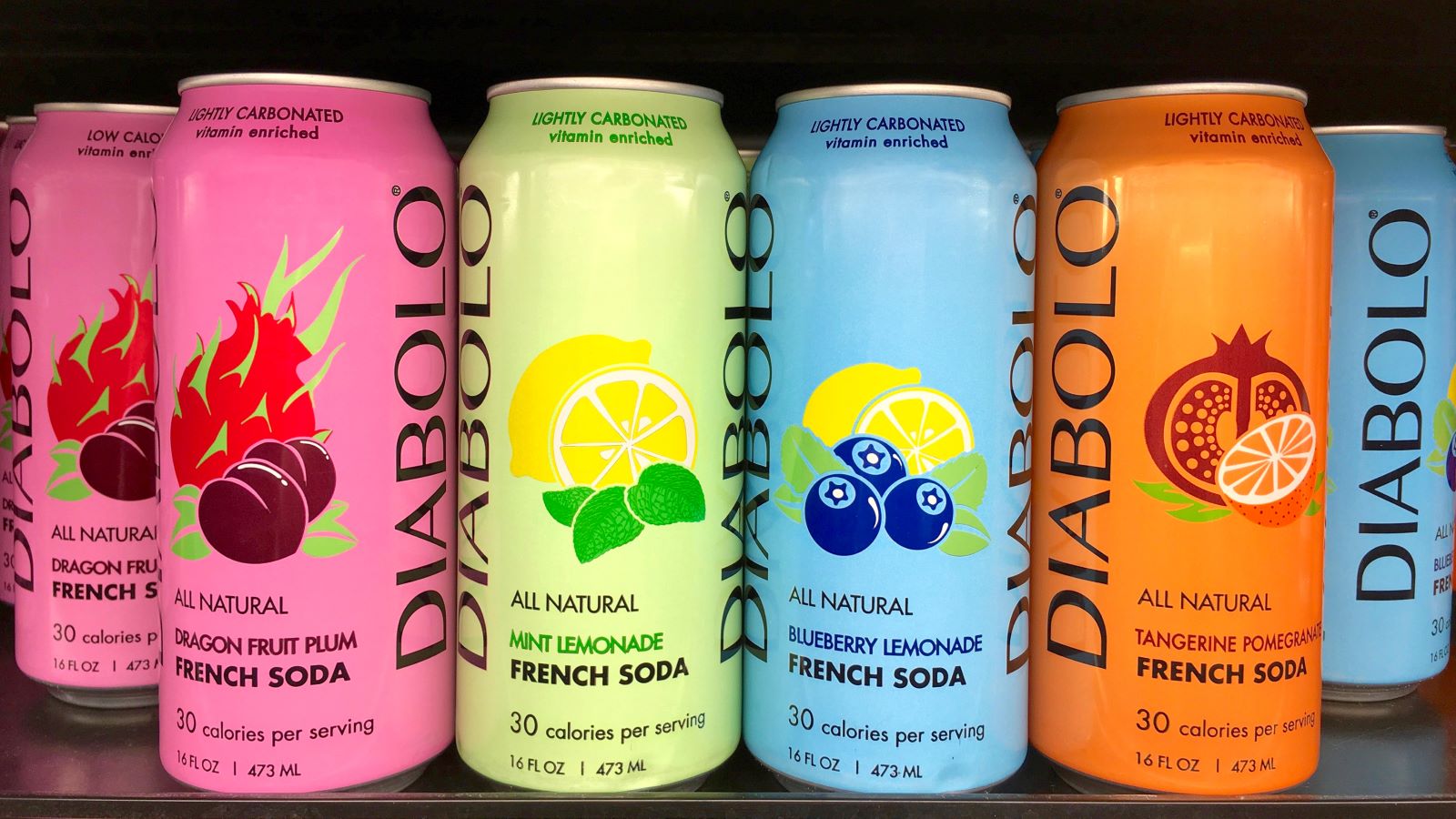
It turns out “all natural” doesn’t mean what you think it does. This label isn’t regulated by the FDA, so it can be slapped on products with artificial ingredients or processed additives.
2. Organic

While organic foods are free from synthetic pesticides and fertilizers, the label doesn’t mean the product is automatically healthy. Organic cookies are still cookies loaded with sugar and fats.
3. Sugar-Free

“Sugar-free” often means the product contains artificial sweeteners like aspartame or sucralose, which can have their own health impacts.
4. Low-Fat

Studies show that low-fat labels can be misleading because these products often contain more sugar to compensate for the flavor loss from fat reduction.
5. Multigrain
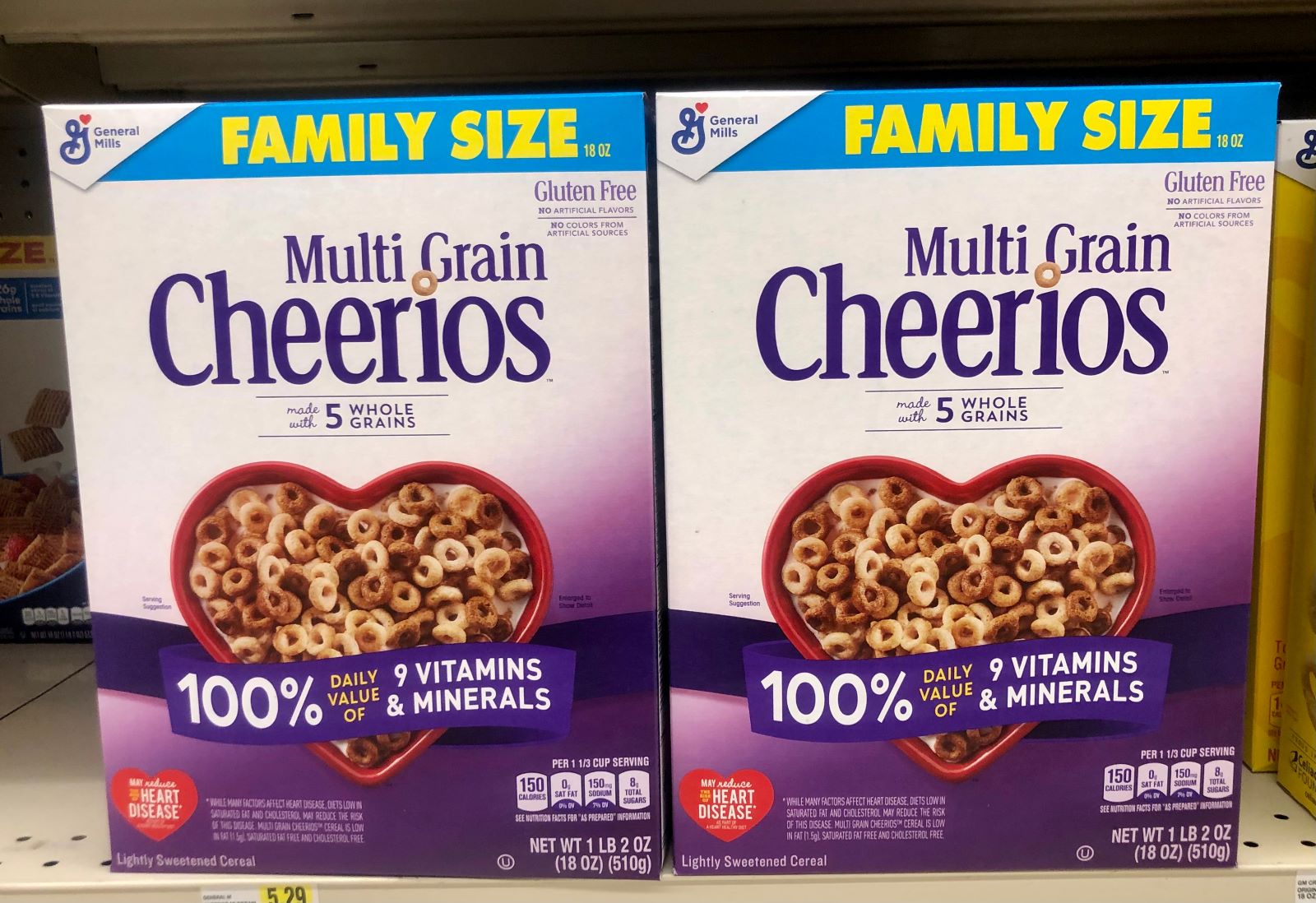
“Multigrain” sounds healthy, but it simply means the product contains more than one type of grain, which may not be whole grains. Always look for “100% whole grain” instead.
6. Fortified or Enriched

Yes, these products have added nutrients, but they are often added to compensate for the lack of natural nutrients lost during processing. Fortified cereals, for example, can still be high in sugar and low in fiber.
7. Light
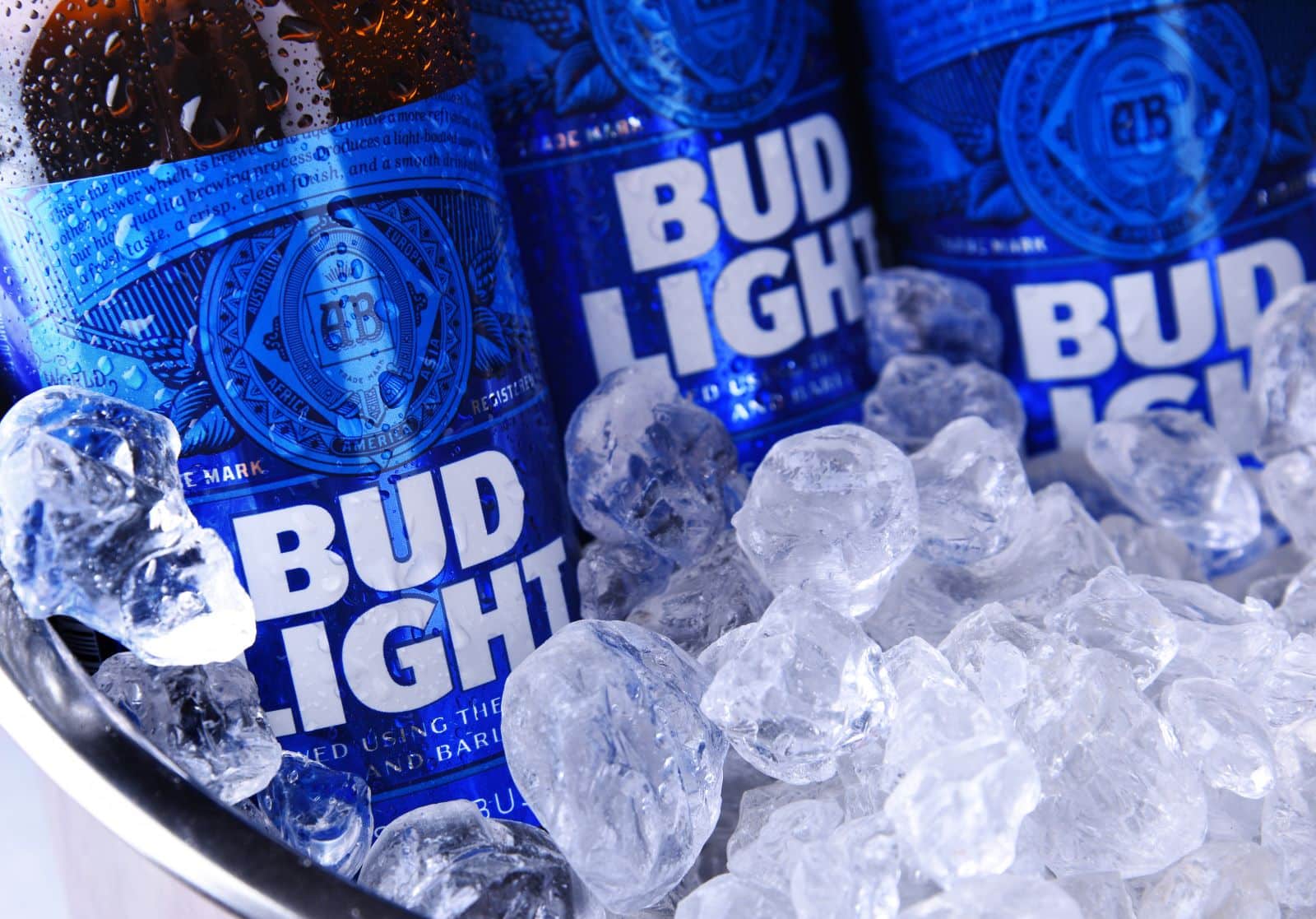
“Light” products might have reduced fat or calories, but they often contain added sugars or artificial ingredients to maintain taste.
8. Made with Real Fruit

Products labeled “made with real fruit” might contain a minimal amount of fruit and a lot of added sugars, juices, and flavorings.
9. Gluten-Free

“Gluten-free” doesn’t mean healthy. Gluten-free products can still be high in calories, sugar, and fats.
10. No Added Sugars

“No added sugars” means no sugar has been added, but the product can still contain natural sugars, such as in fruit juices, which can spike your blood sugar levels.
11. Low-Calorie

Low-calorie foods may still lack essential nutrients and often contain artificial ingredients to maintain flavor.
12. Low Sodium

Reduced sodium can be a good thing, but sometimes, these products compensate with added sugars or fats.
13. Whole Grain

Not all “whole grain” products are created equal. Some may contain just a small percentage of whole grains and a lot of refined grains.
14. Free-Range
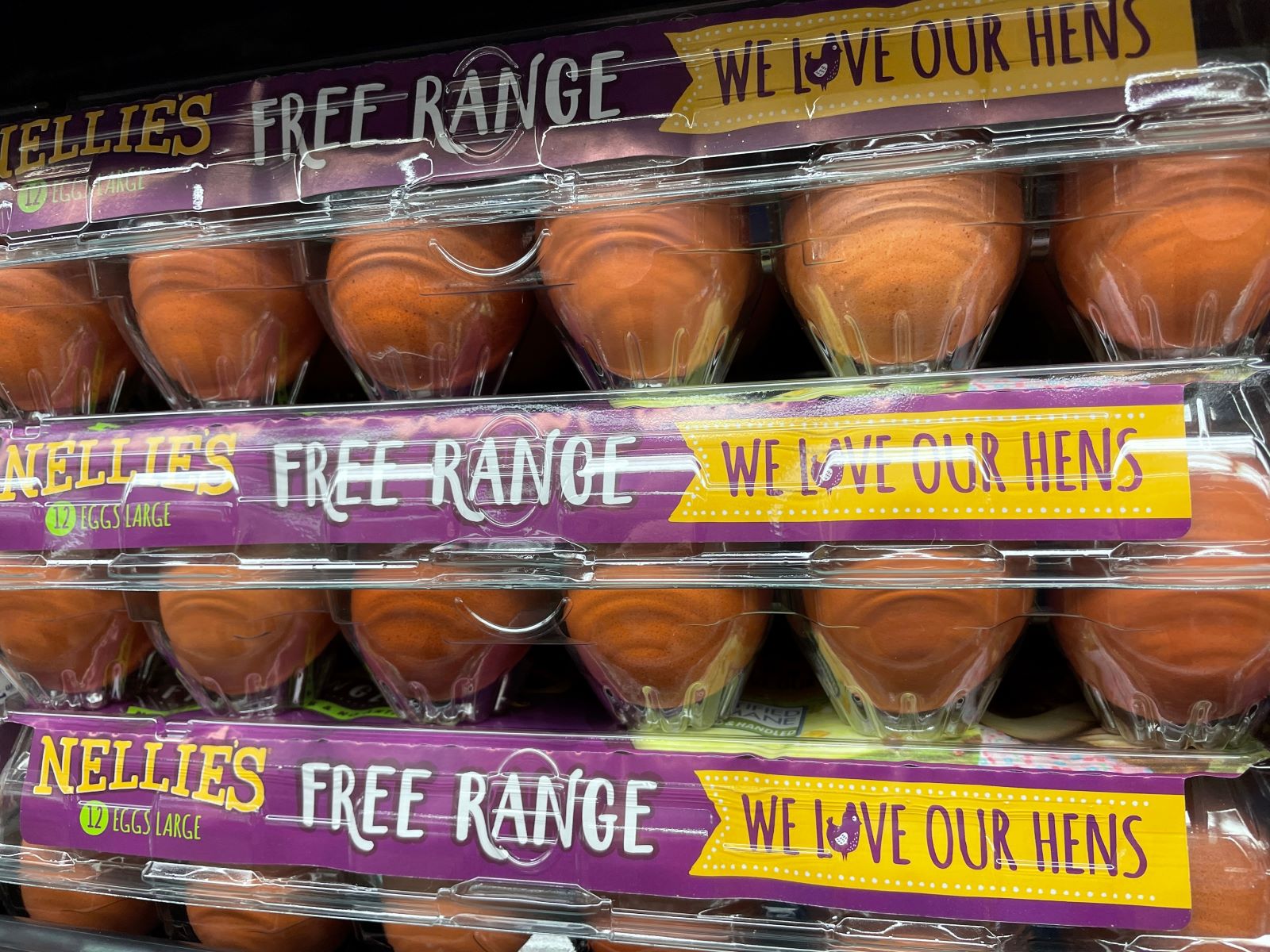
Free-range might not mean the chickens or animals had a lot of outdoor access. The USDA’s definition of free-range is quite loose, often just requiring some outdoor access.
15. Cage-Free
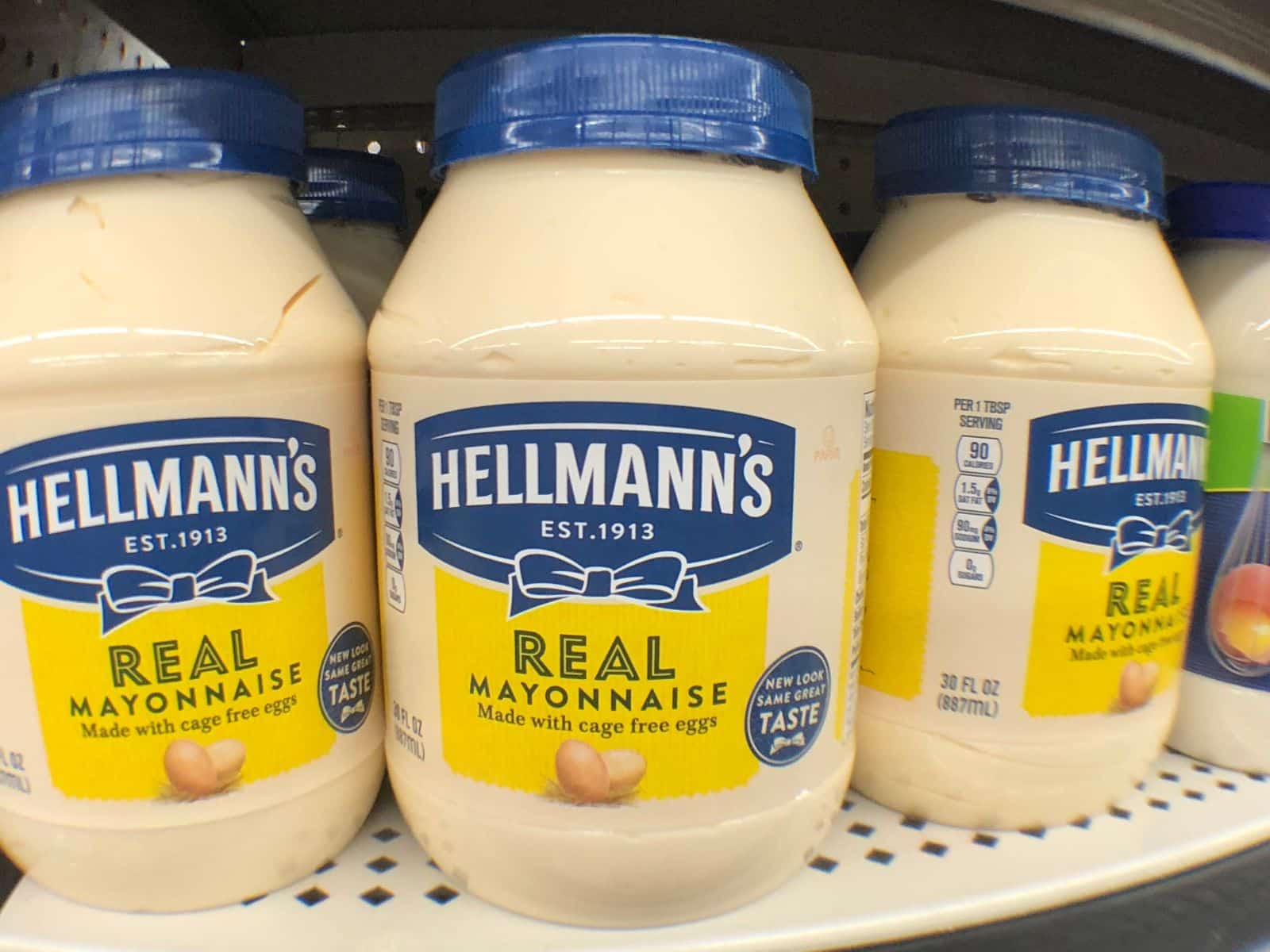
Similar to free-range, “cage-free” doesn’t mean the animals were outdoors, just that they weren’t kept in cages. Conditions can still be crowded.
16. Non-GMO
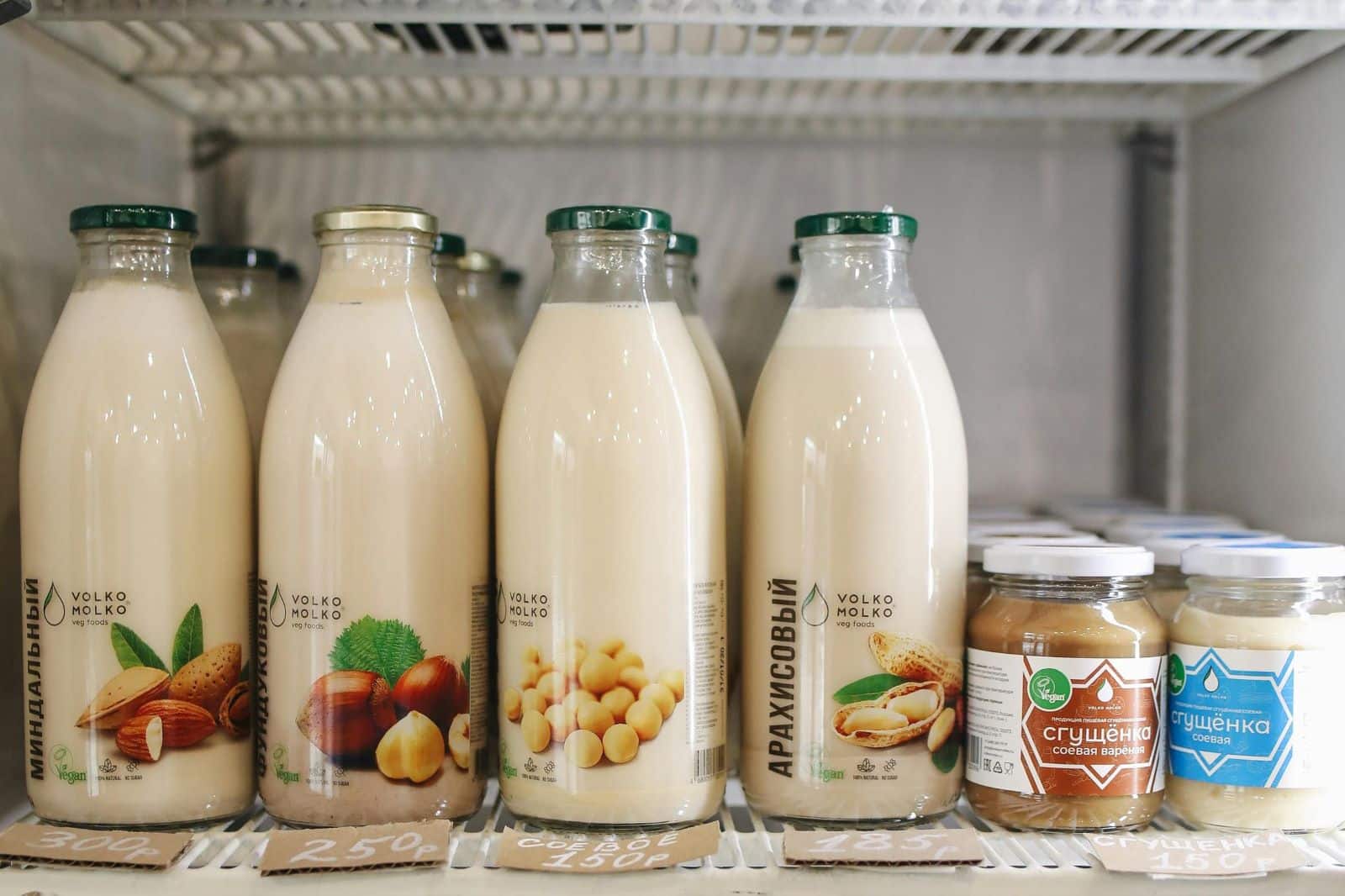
Non-GMO labels mean the product doesn’t contain genetically modified organisms, but it doesn’t necessarily mean it’s free from pesticides or other unhealthy additives.
17. Low Carb
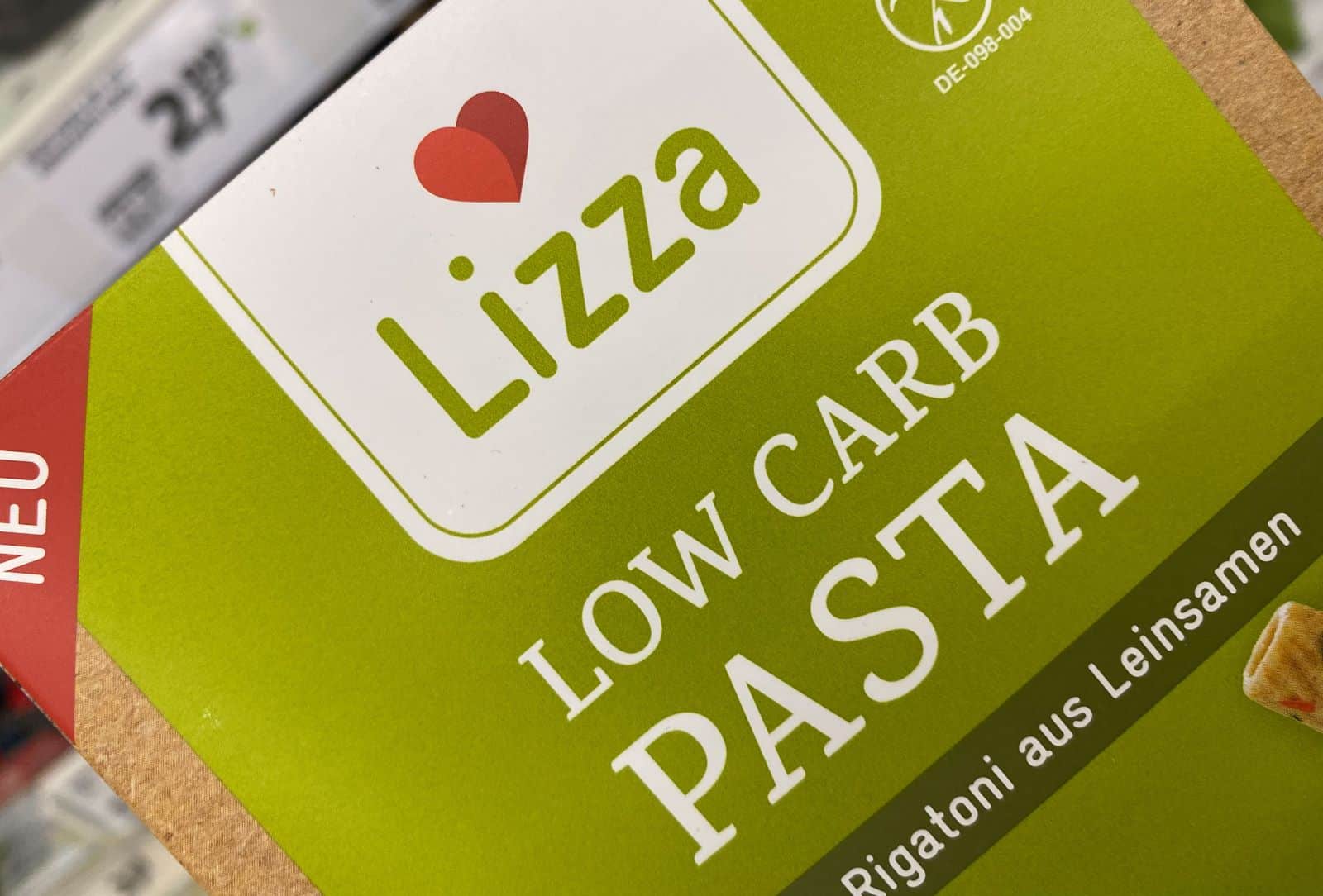
Low-carb products often contain artificial sweeteners or unhealthy fats to replace the carbohydrates.
18. Cholesterol-Free
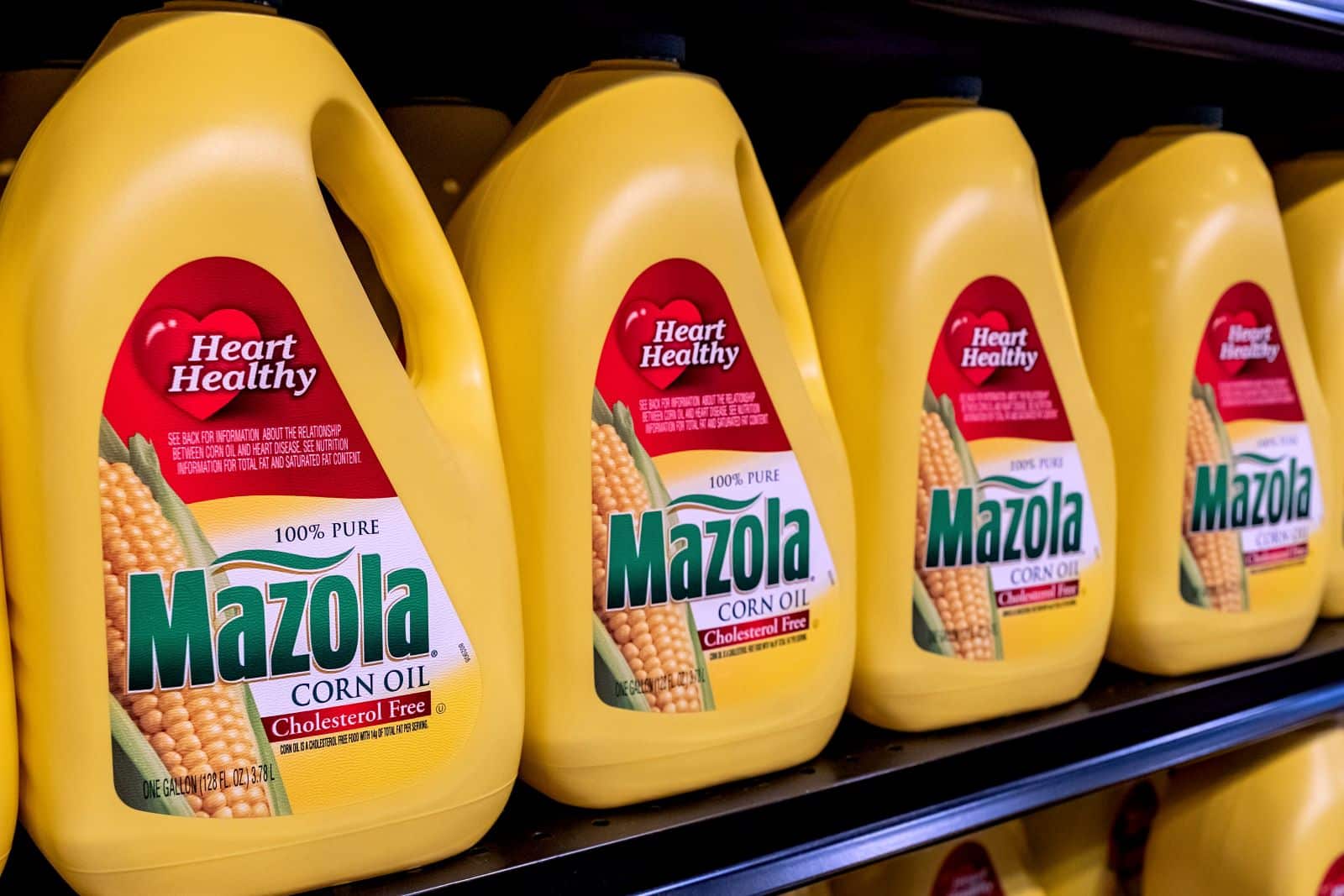
“Cholesterol-free” doesn’t mean fat-free. Products can still be high in unhealthy trans fats or saturated fats.
19. Diet

Diet products often contain artificial sweeteners and preservatives to keep the calorie count low.
20. Farm Fresh

“Farm fresh” is a term with no regulation. It doesn’t mean the product came directly from a farm.
21. Vegetarian/Vegan

Vegetarian or vegan labels don’t automatically make a product healthy. These products can still be highly processed and contain unhealthy ingredients like added sugars and fats.
Why It Matters

Understanding these labels is crucial for making healthier food choices. Labels can be deceiving, and knowing what they really mean helps you avoid processed foods that aren’t as healthy as they seem.
Stay Informed

Websites like the FDA and CSPI provide detailed information on food labeling regulations and what to watch out for.
Take Action

Next time you’re at the grocery store, scrutinize those labels. Knowing what to look for can help you make better choices for your health. Don’t be misled by fancy marketing—empower yourself with knowledge.
Featured Image Credit: Shutterstock / Drazen Zigic.
For transparency, this content was partly developed with AI assistance and carefully curated by an experienced editor to be informative and ensure accuracy.





